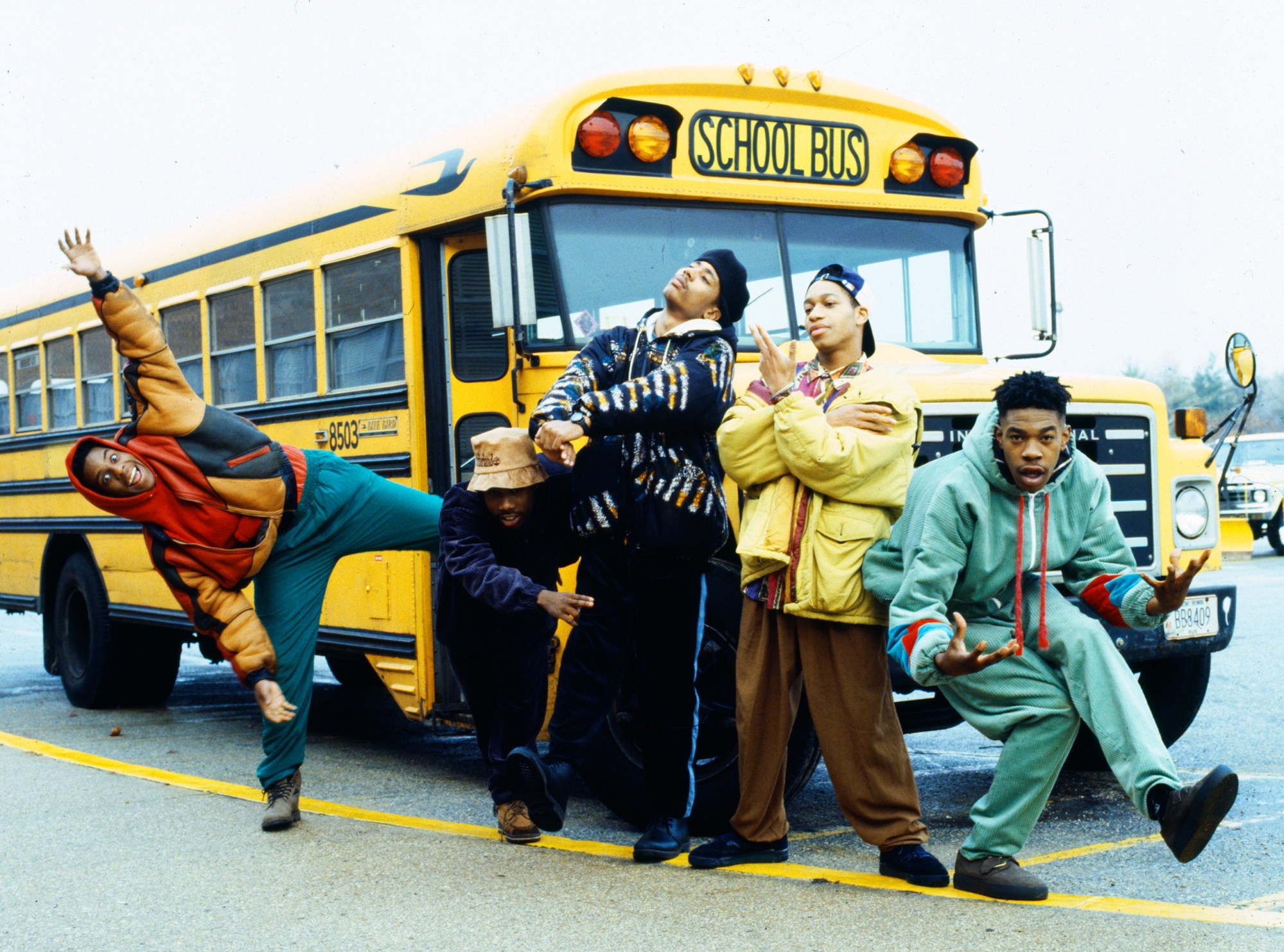Nestled within the Portrait(s) photography festival that debuted last week in the French city of Vichy, there’s one group exhibition that appraises the thrills of being “On Stage.” Featuring the likes of Meryl Meisler and Omar Victor Diop, it celebrates a decade of visual storytelling through personhood.
Curators Charlotte Boudon and Marie Magnier, who co-direct the Paris photography gallery Les Filles du Calvaire and have worked together for over a decade, were given carte blanche by the festival’s organizers. Honing in on various facets of performance, they selected photos and video clips that manifest the dynamism of the body in both subtle ways (the arch of the back, the elongation of the arm) and those more conspicuous (the intensity of collective energy, the visceral and anarchic nature of motion).
We spoke with the pair to discuss the vastness of performative possibility, finding potential in two-dimensional representations of movement and Kate Bush worship.
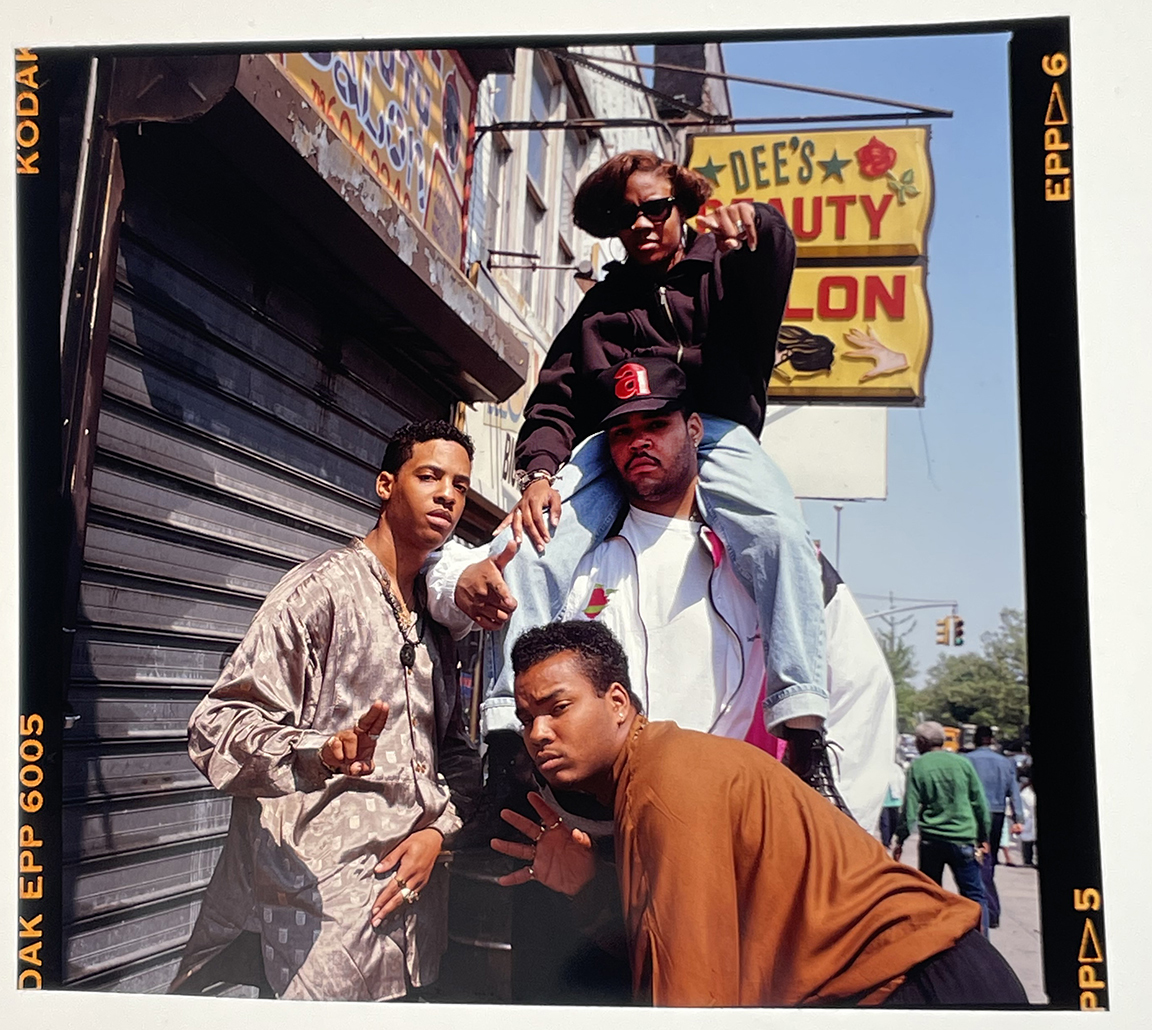
What was your selection process like for representing this ‘on stage’ theme?
Marie: We’ve always had a specific interest outside of art — dance for Charlotte, and music for me. It’s always around the body and movement, and it was a good way to join our passions. Lots of artists work on this theme, including some we work with at the gallery.
Charlotte: One of the challenges with an exhibition on movement is finding how to bring out gesture from something two-dimensional and without sound. It’s really drawing out the energy of the musician.
Who were the artists you immediately, definitely, wanted to include?Charlotte: We’ve known Denis Darzacq a long time. This image, from his series La Chute [“The Fall”], features an opera dancer. Malick Sidibé is perfect to show in a dance-related exhibition. There’s a work by Peter Moore, a British photographer living in New York in the 70s and 80s, who photographed the Judson Dance Theater — his picture is a portrait of the very famous dancer Yvonne Rainer. Katrien de Blauwer is interested in contemporary dance, so we asked her to create work specifically for this; it’s the only commission. You never see anyone’s eyes in her images… So for a portrait festival, it is a challenge!
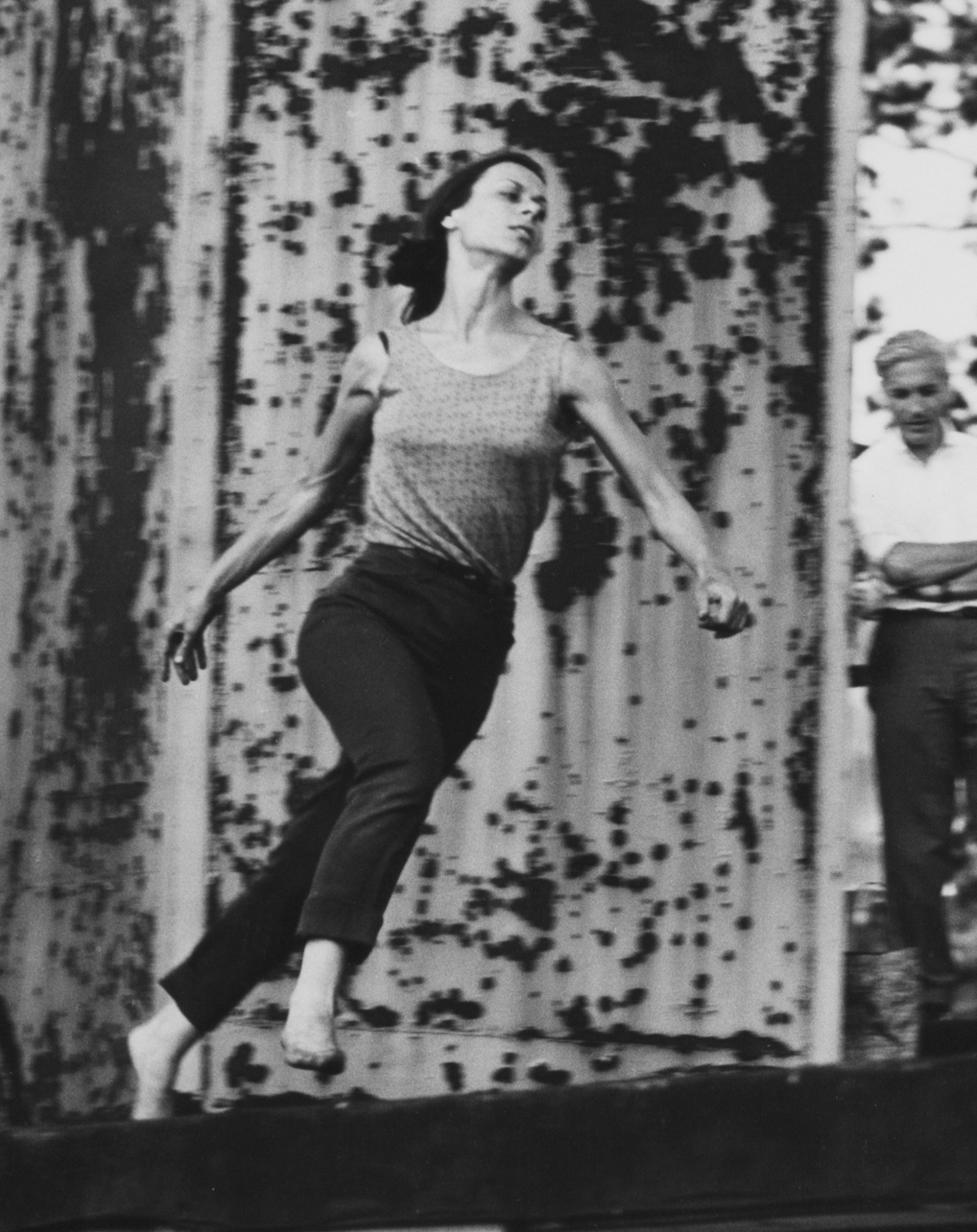
It’s a kind of slanted portrait.
Marie: Yes. And Janette Beckman. I discovered her series on the punk scene. We really wanted to include that, but we already had images by Evelyne Coutas and Renaud Monfourny. Then I discovered her work on hip hop and the breakdance scene — it’s good to have this in the show as well.
It adds a different energy.
Charlotte: Yes. In France, we don’t have this breakdance culture or tradition so much, so it’s a portrait of the US scene. With Antoine d’Agata — we work with him at the gallery — we had this series in mind because it’s a different kind of dancer: in a strip club. We call this one ‘Botticelli’. He managed to bring out something very beautiful with this body.
Marie: Renaud Monfourny is a photographer for [French music magazine] Les InRocks. Each of the musicians here [Patti Smith, Bjork, Iggy Pop, Peaches] are iconic in their own style — but all really powerful. These photographs are very posed, but still have gesture.
Charlotte: Yeah, it’s also nice to present them in quiet moments—it’s sort of the opposite of the way they behave. Except Iggy Pop, obviously!

Yeah, he can’t help himself. Does the show say something more widely about what it means to be a performer today? Or is it a compressed evolution?
Marie: We try to present really different works, like a panel of periods.
Charlotte: This exhibition is actually a taste of a bigger exhibition we’re organizing next year — we will have more on what artists are creating today.
Which elements do you hope to develop for this future exhibition?Charlotte: We want to report on the history of performance in photography, and how it is today.
In that timeline, where would you situate the start — or “a” start?Charlotte: A start, for me, would be when artists began putting themselves in performances — like Helena Almeida’s work. When all these women artists started to use their bodies, it’s really the beginning. Because they couldn’t find a better person to make works about performance, they did it themselves.
Surrounding the exhibition on its outside wall, there are eight music videos [including Sia’s “Chandelier” and The Knife’s “Pass This On”]. Sometimes it’s artists performing; sometimes it’s a dancer in the video. It’s ‘in’ the show, but outside of the show. What do these add?Charlotte: We were frustrated to only present works without sound and without music, so it was a solution.
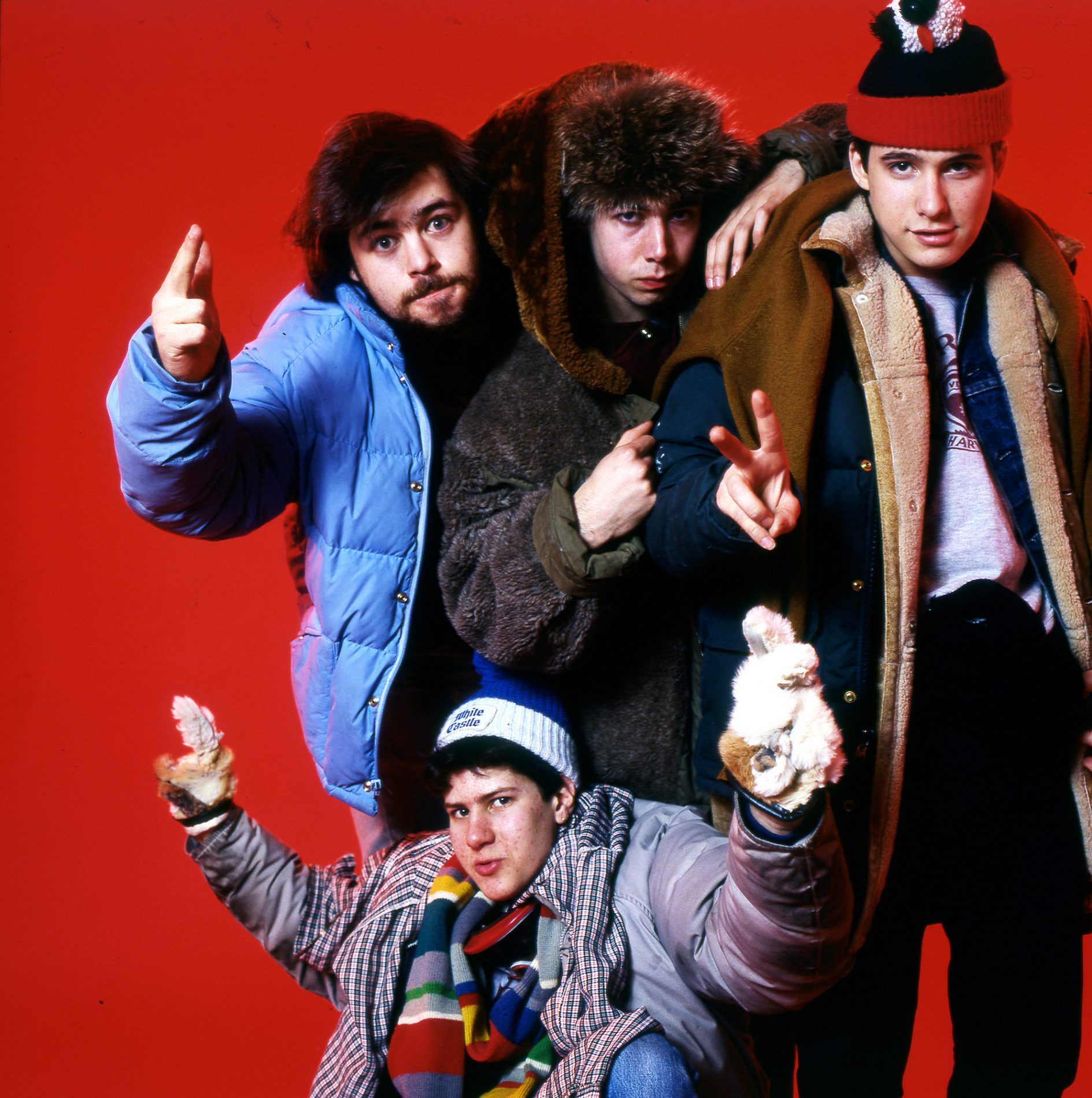
One of the videos is Childish Gambino’s “This Is America,” which is a deeply charged political clip. How does performance, or being onstage, have crossover with the political?
Charlotte: Obviously videos and music are more than contemporary art; they’re also a way for the artist to pass on a message, to have an opinion. It’s an interesting way for artists to say something about their society. We have kids — teenagers — and we can say that this medium brings change: you can feel it right now for this new generation.
How so?
Charlotte: They’re very, or at least, more free with their bodies. And free with their gender. If Covid didn’t destroy everything, I think it will be a very vindicated generation that wants change — they won’t let that go.
There’s an international selection here, but the festival is in a French setting. Is this ultimately a ‘French’ point of view?
Marie: It’s more Western or European than French.
Charlotte: It’s maybe linked to political history in France — like the protests of May 1968. There weren’t so many open performances in the street like in the United States, though.
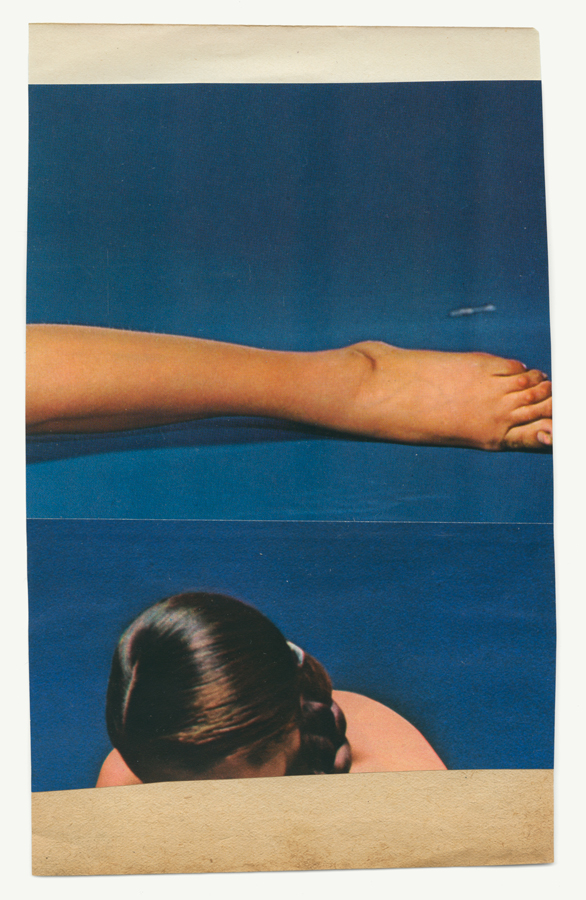
Aside from May 1968, are there other moments that you would situate as turning points, in terms of the way you see performance evolve?Charlotte: If it was in dance and music, it happened on the stage itself — it was not necessarily in the industry.
On a personal level, what was the last performance that really imprinted itself on you?
Marie: For me, it was attending a concert of the band Low.
Charlotte: I will see a Pina Bausch show next Thursday. It’s not new, but each time I see one… I’m so impressed by the modernity and the exceptionalism of this woman through the choreography. We didn’t discuss theater here, but in the upcoming show we have to because Pina Bausch is the perfect match between theater and dance. Music, dance, music, dance. [laughs]
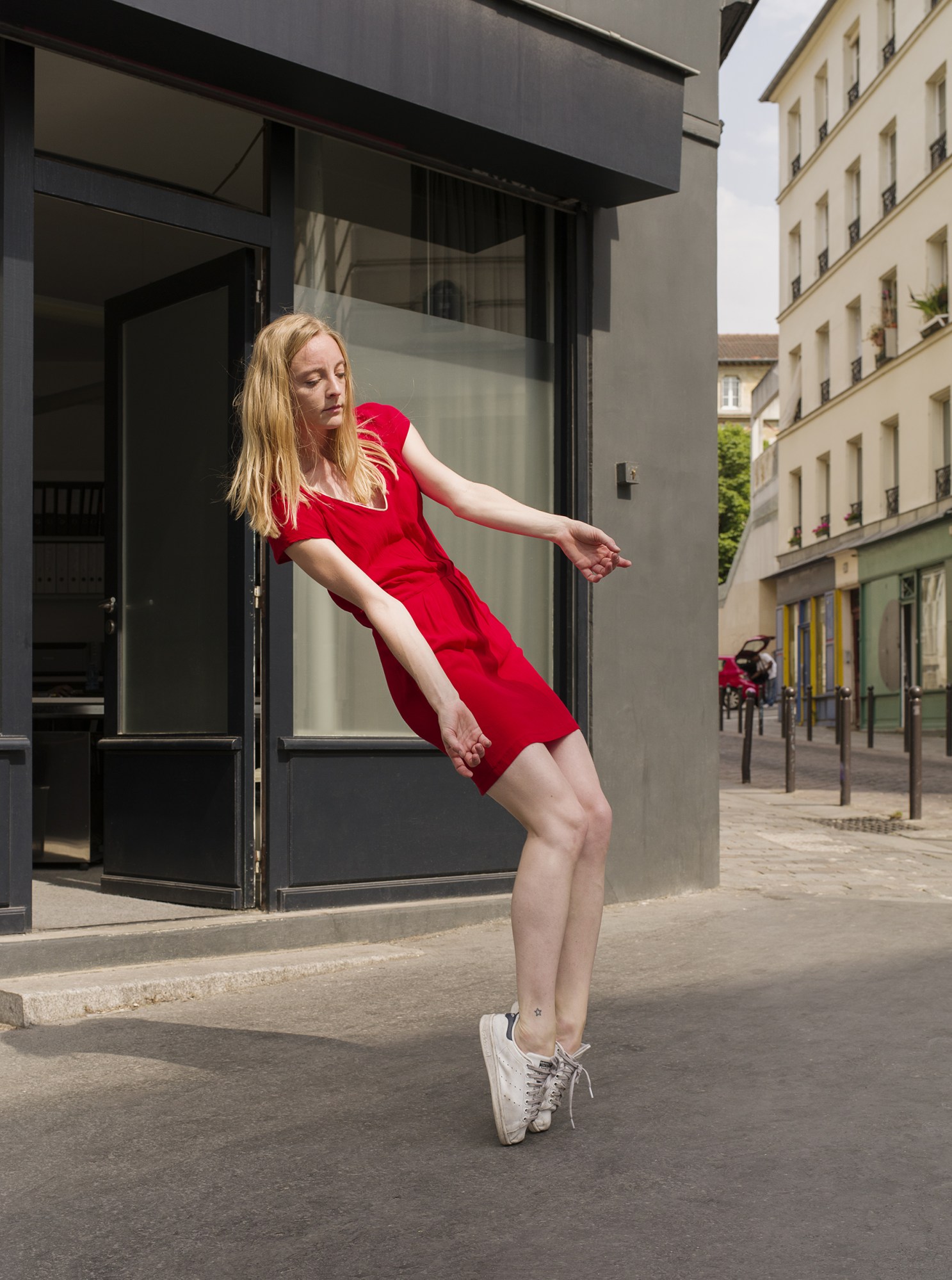
What was one of the very first times in your life you realized the power of performance?
Marie: Kate Bush. Music and movement and a woman alone, dancing and powerful.
Charlotte: Marie’s husband runs a music festival dedicated to female bands and singers. When I started working at the gallery, Marie brought me to the festival. We saw Electrolane, a four-woman band. And I was like, “Okay, I want to play guitar.” It was very impressive. It evoked the same emotion for me as live dance. Performance is a kind of generosity you open yourself up to. Performers are testing new ideas — and when you are in the audience to receive them, you are grateful for it.
